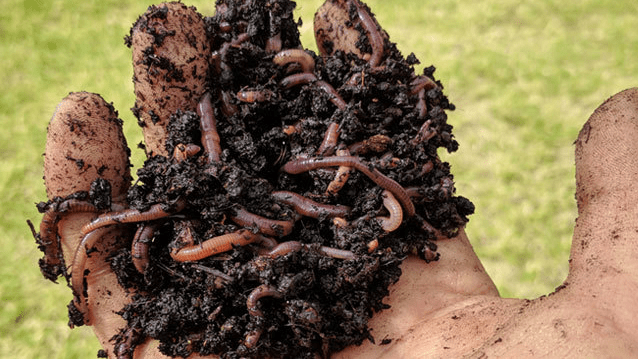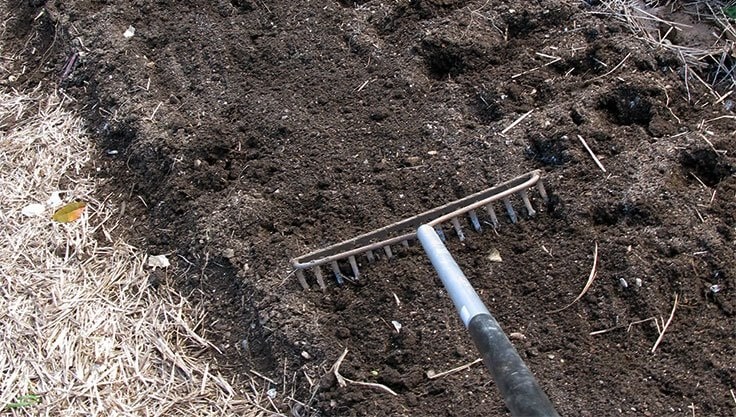I’ve always loved the drama and elegance that pampas grass brings to a garden. There’s just something magical about those towering plumes catching the late summer sun, swaying gently in the breeze. Over the years, I’ve planted and cared for more varieties of ornamental grasses than I can count—but pampas grass remains a personal favourite.
That said, I’ve learned the hard way that it’s not as “set and forget” as it might look. In fact, I made a few rookie mistakes when I first started growing it—mistakes that nearly cost me the entire plant. If you’ve tried growing pampas grass and it didn’t go to plan, don’t worry. The good news? It’s usually not the plant’s fault. You just need to know what not to do.
In this article, I’ll walk you through the three biggest mistakes to avoid when growing pampas grass, based on hands-on experience. Whether you’re just planting your first one or trying to revive a struggling clump, these tips will help you get the best from this spectacular grass.
Contents
A Gardener’s Secret to Show-Stopping Pampas Grass
After years of experimenting with ornamental grasses, one thing’s clear: pampas grass can steal the show in any garden – if you treat it right. I’ve seen people fall in love with its dramatic plumes and lush foliage, only to end up disappointed when the plant fails to thrive. But let me tell you, pampas grass isn’t as difficult as its reputation suggests. You just need to avoid a few classic mistakes that gardeners (even seasoned ones!) often make.
If you’re dreaming of those tall, feathery blooms swaying in the breeze, here are the three biggest mistakes to avoid when growing pampas grass – and what to do instead.
1. Planting Pampas Grass in the Wrong Location
Pampas grass (Cortaderia selloana) loves full sun and warmth. Think of its natural home: the sunny, breezy plains of South America. It’s used to hot summers, well-draining soil, and plenty of airflow.
The mistake? Planting it in a shady spot or in heavy, water-retentive soil.
The fix: Choose a sunny, south-facing location with nutrient-rich but well-draining soil. A gentle slope is ideal to let excess water drain away – this is crucial during the winter months when wet soil can cause root rot.
✅ Pro tip: If you have clay soil, mix in sand or gravel before planting to improve drainage.
2. Cutting Pampas Grass Back in Autumn
I get it – it’s tempting to tidy up the garden in autumn. But with pampas grass, cutting it back before winter is a major mistake.
Why? Because the tall foliage acts as a natural blanket, protecting the heart of the plant from frost and moisture.
The mistake? Cutting pampas grass in fall exposes it to harsh weather.
The fix: Wait until early spring to prune. Use gloves and long sleeves (trust me, those blades are sharp!) and cut the plant down to about 30–40 cm. This gives you a fresh base for new growth without compromising the plant’s winter survival.
✅ Fun fact: In the wild, pampas grass is rejuvenated by occasional grass fires – nature’s way of pruning!
3. Leaving the Foliage Unprotected in Winter
This one’s a silent killer. If you leave the foliage open, rain and snow can seep into the center of the plant, leading to rot and even death by spring.
The mistake? Letting the grass stay open and exposed all winter.
The fix: In late November, gather the leaves into a loose bundle and tie them together using coconut string. This keeps moisture out of the crown and insulates the plant naturally.
In colder areas, add extra protection:
- Wrap the clump with straw, burlap, or coconut matting
- Add a layer of dry leaves around the base for root insulation
- Use brushwood or fir branches to build a tipi-shaped cover and secure it with twine
✅ This method has helped my pampas grass survive freezing UK winters – and it looks neat, too!
Final Thoughts: Let Your Pampas Grass Thrive
With a little attention to its location, proper timing for pruning, and thoughtful winter protection, pampas grass becomes an easy-care, show-stopping plant. I’ve had mine for years, and it never fails to turn heads every autumn when the plumes reach their full glory.
Avoid these three mistakes, and your pampas grass will reward you with lush foliage and striking blooms for many seasons to come.










